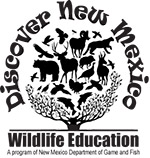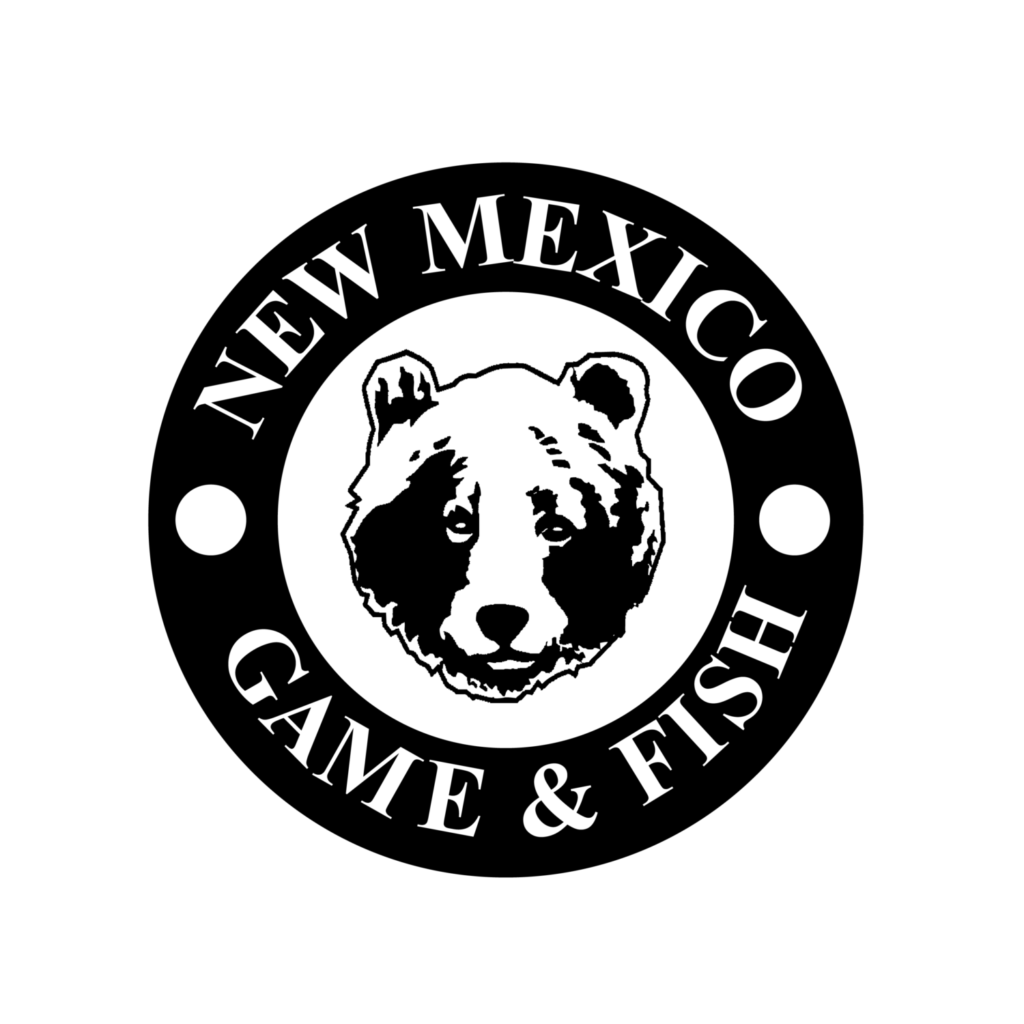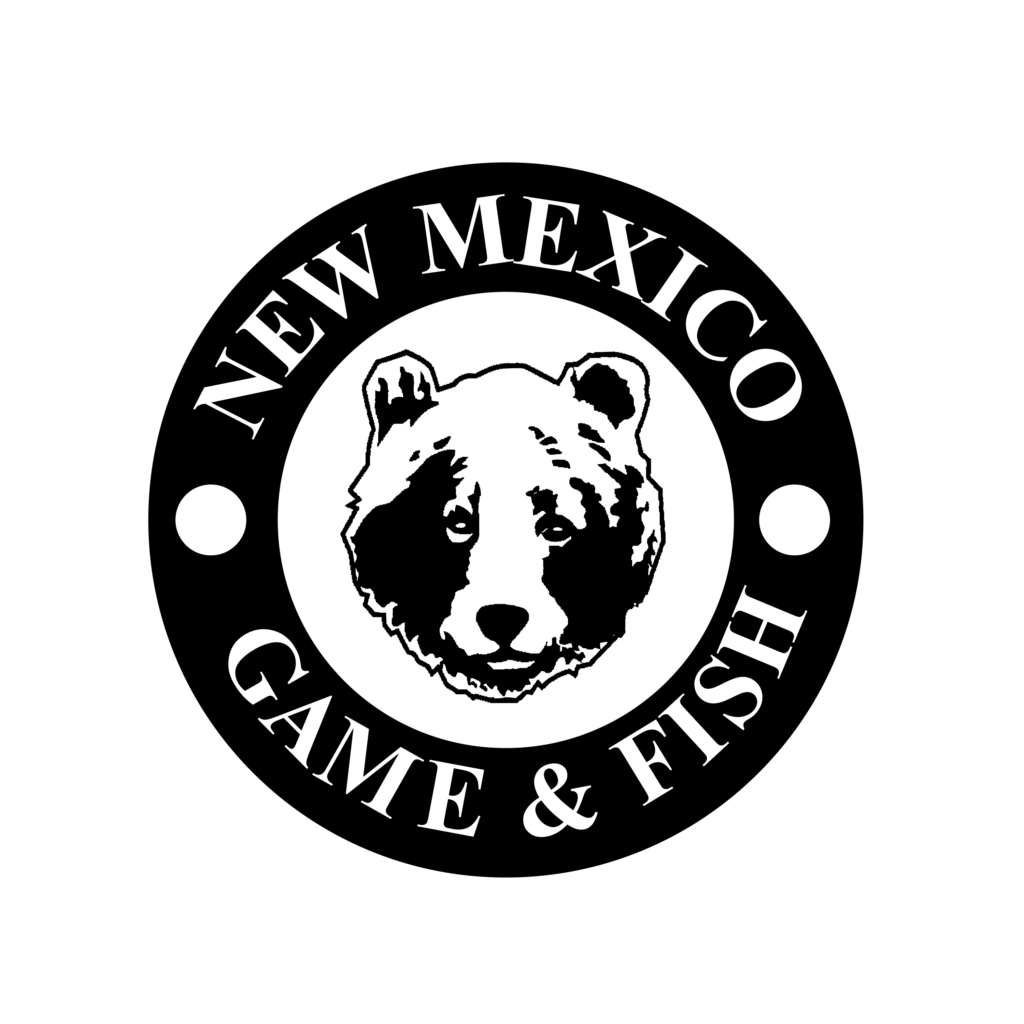
Tugging on a Habitat
Students create a web of life with string and markers that shows how all living and non-living things are connected to other plants and animals in the ecosystem.
Overview
Overview: Students create a web of life with string and markers that shows how all living and non-living things are connected to other plants and animals in the ecosystem.
Grade level: 3rd-5th grade, plus 6th-8th grade
Content Areas: Science, math, language arts, social studies, geography
Objectives:
1) Students understand that plants and other animals share a common need for food, water, shelter and space in the proper arrangement.
2) Students use basic math skills–addition and multiplication facts to calculate percentages.
3) Students understand associative and commutative properties of multiplication to make statements about the nature of the food webs they created.
4) Students understand flow of energy and matter.
Method: Students simulate a food web using yarn and markers to discover ways that different species of animals and plants are interdependent and interrelated. This activity can focus on a variety of habitats found in New Mexico; forest, grassland, desert or bosque.
Materials:
laminated animal and plant cards
clothes pins or clips
strong yarn or string
water-based colored markers or sturdy pen
Lesson and Activity Time: Two 45-50 minute classroom sessions for the basic activity; additional class time for extensions.
Location: Indoors or outdoors; level playing field, gym or classroom
Common Core Standards:
Mathematics:
Grade 4: Measurement and Data-MD.4.English Language Arts/Literacy Skills:
Grade 4:
Reading for Informational Text-RI.1,3,4,7.
Grade 5:
Reading for Informational Text-RI.7
Speaking and Listening-SL. 5.
Writing-W.4,6,7,8,10.
Language-L.1,2,4b,4c,6.
New Mexico Science Standards:
5th Grade, Standard II: Life Science-Benchmark I: Performance Standards: 1-4.
Background
Vocabulary: abiotic, biotic, bosque, carnivore, decomposers, ecosystem, food chain, food web, habitat, interdependence, keystone species, photosynthesis, trophic level.
Background: Deserts, grasslands, forests and aquatic habitats like a bosque are complex living systems. Healthy ecosystems are made up of many different plants and animals that are interdependent and interrelated.
Plants and animals are connected in many different ways in an ecosystem. One of the ways that they are connected is through food. The sun provides the energy for photosynthesis-the process by which plants convert sunlight to sugars within their cells. This provides the basis for most food chains.
Plants in turn provide food to herbivores (plant consumers) and they in turn feed omnivores and carnivores (animal or meat eaters), forming a food chain. .
A ‘food web’ consists of all the food chains in a single ecosystem. Each living thing in an ecosystem is almost always part of multiple food chains. For example, it is very unusual for an animal to eat just one kind of food. Each food chain is one possible path that energy and nutrients may take as they move through the ecosystem. All of the interconnected and overlapping food chains in an ecosystem make up a food web.
Animals are often dependent on plants for shelter such as wild turkey and elk that use mature forests as a way to stay warm at night in the winter. Many plants rely on animals such as bees, flies, butterflies, moths, ants and bats to help spread their pollen from one plant to another. Birds and other creatures use plants as building materials for nests and other structures. Both plants and animals depend on abiotic factors as well, such as water, soil, nutrients, etc.
Procedure
1. Choose one or more New Mexico habitats to provide for a mix of different kinds of plants and animals. Select enough plants or animals for each student. Use the student coloring book, [wpfilebase tag=file id=834 tpl=filebrowser /] and the Wildlife Notes for examples and habitats and different wildlife species.
2. Create and laminate a variety of plant or animal cards. Select a variety of animals from a variety of habitats and basic groups of reptiles/amphibians, mammals, birds, arthropods (spiders/insects), decomposers, and fish. Choose the dominant plant species from the habitat(s) chosen i.e. ponderosa pine, cottonwood, yucca, gramma grass, juniper, bluestem grass etc. Get a regular clothes pin for each student. Animal cards with photos can be found in calendars, fish and wildlife magazines etc. or on many websites.
a) Images can be found in the Bosque Education Guide from activities “Who Lives Where?” and “Who Grows Where?” The cards include information on connections to other things in the ecosystem (and they are also in Spanish) so this will save research time for this step.
b) If students are given just the picture, they can use field guides to identify the species before doing the research.
3. Ask the students which habitat(s) they would like to use for this activity. Note: Consider using your local habitat or bioregion (Chihuahuan desert, short-grass prairie, ponderosa pine, pinyon-juniper, bosque etc.) to make it more relevant. Have students work in small groups or pairs.
4. Students research all the different plants, animals and abiotic components they think would make up a healthy habitat. Provide each group with background information, resource materials, websites etc.
a) If you have time, have each group present their information to the class.
5. Assign or have each student choose from the laminated plant or animal cards. Try to ensure there is a variety of species to demonstrate different connections in that ecosystem.
a) Consider adding in known, harmful invasive species such as crayfish and quagga mussels.
6. In small groups have students research their plant or animal. Have them write the answers to the following questions:
Animals:
a) What does this animal eat?
b) What eats this animal? Note: Even if it is a top level carnivore like a cougar when it dies a natural death it is still consumed by decomposers or larger scavengers.
c) What other animals does this animal live with?
d) Where does this animal live in the ecosystem?
e) What are some ways that this animal is connected or dependent upon other plants and animals in the ecosystem?
f) Does this animal need a little or a lot of space to survive?
g) Where does this animal seek shelter?
h) What connections does this animal have to water, soil, air currents?
i) Is this animal affected by temperature extremes?Plants:
a) Where does this plant live in the broader ecosystem?
b) What animals eat this plant? Note: this could be any part of the plant
c) Do any animals use this plant directly for shelter or nesting?
d) Does this plant directly depend on sunlight?
e) What other plants and animals can be found near or in association with this plant?
f) How is this plant connected to or dependent on these plants and animals?
g) How does this plant affect the local habitat? E.g. aspen provide shade for spruce to grow, Gambel’s oak provide acorns for bears
7. After the students have conducted research and shared information review the information about a web of life, including food web and food chains. Discuss the types of possible connections- biotic as well as abiotic- before conducting the activity.
Examples:
a) Predator-prey interactions
b) Herbivores eating plants
c) Parasitism
d) Commensalism
8. Using a clothes pin, have each student pin their plant or animal card on the front where everyone can see it. Have each student hold a plastic marker. They will use this to wrap the yarn or string around as it gets passed around.
9. Stand in a circle. Starting with a plant, use the ball of yarn or string (best on a spindle) to have each student tell about one or more ways they are connected to or dependent on another student. Pass or toss the ball on to the next student while wrapping the string around the marker they are holding. Note: as the web becomes more tangled you may have to help move the ball across the circle. This passing of the string continues until each student has one or more connections made to them.
10. Have students gently lean back holding onto the marker with two hands and stand still. Standing outside the circle, tug on one strand of a student with multiple connections. If a student felt that tug then have them tug in response. This should result in movement through the whole food web circle.
11. Ask one or more students to drop their marker and see how the food web is affected. This should be done at the end of the activity. The circle should experience a ‘jolt’ backwards motion as the support and connections unravel.
12. Rewind the string back into a ball and try it another time.
13. Discuss the connections made and what others they might think of. Refocus on a different set of relationships or add in aquatic invasive species that have demonstrated the ability to damage the balance of an ecosystem e.g. quagga and zebra mussels, bullfrogs etc. For more information on aquatic invasive species see the Aquatic Aliens activity on this site.
14. Run the activity again and see what the results are. If you want to incorporate a math challenge then run the activity three times. Include discussions on why some animals may have a greater influence on their habitat than others e.g. keystone species, top-level predator.
a) How does an animal’s place on the food web affect the number of connections made?
Suggested questions:
a) What happened when we remove one or more plant or animal from the ecosystem? Does the web change its shape?
b) What happens to the web when there is less or more numbers of plants and animals doing the activity?
c) What is the relationship between the number of plants and animals in the web and how stable the circle is?
Math Challenges:
1) Have one student record the number of connections to each student i.e. the number of times each student has the string go around their marker.
2) Have each student record the data in their science notebooks.
a) What animal had the highest average number of connections? Which plant?
b) Which animal or plant had the lowest average number of connections?
c) Are these one-to-one connections i.e. 2 dragonflies to 1 trout? This can help build up the trophic level concept.
Note: See if the number of connections demonstrates the integrity of the model-plants, insects (primary consumers) (secondary consumers) etc. should represent a decrease-a pyramid shape if realistic.
3) Group each animal into one of the following categories; mammals, birds, fish, invertebrates (lacking a back bone), or reptiles/amphibians. Which group had the highest average number of connections?
4) What are some of the factors that might determine the number of recorded connections each group had?
a) Does this represent what we might expect to see in nature?
5) Using the bar graph method, graph each animal group’s number of connections.
6) Which animal group had the fewest numbers of connections? Why do you suppose this happens?
Language Arts:
1) Have students draw a map that links together the different elements of the food web to include the biotic and abiotic components.
Extension
1) Have students create an art mural of the plants and animals (using any medium that can be put on the wall) of their local habitat(s). Using the yarn or string and pushpins or tape have students illustrate the connections between the habitats. Note: there are many websites that allow students to create online murals or posters.
2) Have students research and make cards (paper) or online for a different New Mexico habitat.
3) Take a picture or video of your “web” and make a poster of the web.
4) Adapt for upper level students. Research aspect can have an increased emphasis.
a) Give each student a large index card to write down all the connections that their plant or animal has in that habitat
b) Use these cards the next lesson to form the model with others.
c) Students state why they think there is a connection and whether this is a biotic or abiotic factor.
d) With a big sheet of paper on the floor, students use their markers to trace the lines (or tape, string) on the paper. e) Write the common name and scientific name of the animal or plant and tape their card to the paper. Display at school, share on social media etc.

